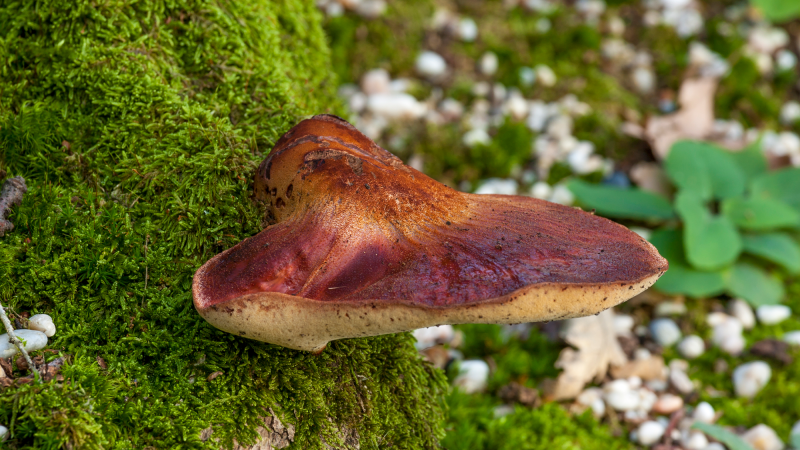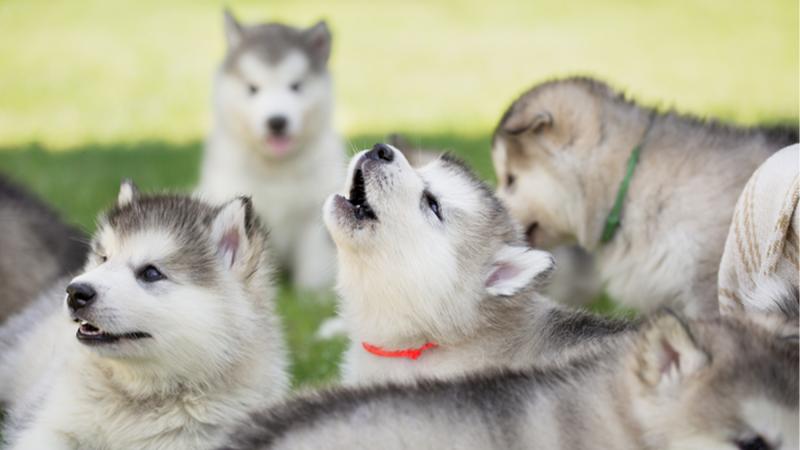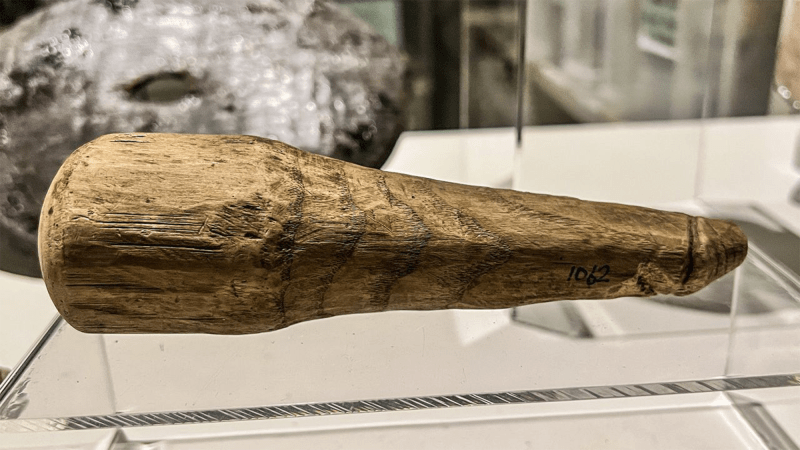

Humans are born with instincts for crying and smiling, but not for kissing. Sometime in the past, our ancestors had the idea to smack their mouths together and call it romantic. And though we may not know who gave the first smooch, ancient records of these steamy sessions are helping us piece together when people started locking lips.
The generally accepted earliest evidence we have of making out is religious text written in India in 1500 BCE. And while there was no official word for kissing back then, sentences like “young lord of the house repeatedly licks the young woman” and lovers “setting mouth to mouth” implied more than platonic relationships. But whether this was when kissing all began is still up for debate. In fact, an overlooked collection of written texts from ancient Mesopotamia (modern-day Iraq and Syria) suggests people were kissing further in the past.
Citing those texts, authors of a new perspective article published today in the journal Science argue romantic kissing occurred 1,000 years earlier than historians first predicted. And as kissing became more of the norm, old medical records reveal the widespread transmission of viruses that spread through lip-to-lip contact.
“Given what we know about the history of kissing in humans and the myriad of similar kissing-like behaviors observed around the animal kingdom, I’m not surprised by these findings,” says Sheril Kirshenbaum, the author of The Science of Kissing, who was not involved in the study. “Whether romantic or not, kissing influences our bodies and brains in so many meaningful ways by guiding our emotions and decisions.”
[Related: Scientists think they found a 2,000-year-old dildo in ancient Roman ruins]
Clay tablets left behind by ancient Mesopotamians in 2500 BCE describe two types of kissing. The first was the friendly-parental kiss. People kissed the feet of their elders or the ground as a sign of respect or submission.
The second was the lip kiss with a more erotic and intimate overtone. However, there were a few cultural expectations when it came to this type of kissing. Romantic kissing was an action reserved for married couples, as people frowned upon any PDA in Mesopotamia. Kissing among unmarried folks was taboo, considered to be giving in to sexual temptation. People not meant to be sexually active, such as priestesses, were thought to lose their ability to speak if they kissed someone. “The need for such norms indicates that romantic kissing must have been practiced in society at large,” explains lead author Troels Pank Arbøll, an assyriologist (a person studying the language and civilization of ancient Mesopotamia) at the University of Copenhagen.
As more people adopted the practice of kissing on the lips, ancient medical texts described illnesses whose symptoms resemble viral infections spread through mouth-to-mouth contact. The authors note this aligns with DNA analysis from ancient human remains detecting viruses such as herpes simplex virus 1, Epstein-Barr virus, and human parvovirus. All three viruses transmit through saliva.

One example is a disease that the ancient Mesopotamians labeled bu’šānu. The infection involved boils in or around the mouth area. Its name also implies that the infected person might have stunk. While Arbøll says bu’šānu shares several symptoms with herpes, he warns people not to make any assumptions. “As with all ancient disease concepts, they do not match any modern diseases 1:1, and one should be very careful when applying these modern identifications. A disease concept like bu’šānu likely incorporated several modern diseases.”
Mesopotamians likely did not think infectious diseases were spread through kissing, since it is not listed anywhere in the medical texts. However, they had some religiously influenced ideas of contamination, which spurred some measures to avoid spreading the disease. For example, a letter from around 1775 BCE describes a woman in a palace harem with lesions all over her body. Assuming it was contagious, people avoided drinking from any cups she drank, sleeping in her bed, or sitting on her chair.
[Related: When you give octopus MDMA they hug it out]
The findings show that this form of kissing did not originate in a single place. Mesopotamia, India, and other societies separately learned to associate pecks on the lips as romantic. Arbøll says it’s possible other areas also learned about kissing but didn’t have the writing tools to record this behavior. This opens the question of how widely sexual kissing was practiced in the ancient world.
Some experts are less convinced that kissing was a universal behavior. William Jankowiak, a professor of anthropology at the University of Nevada, Las Vegas, who was not involved in the study, points out that written records of kissing often occurred in complex societies and less so in people living in smaller foraging groups. It’s also difficult to know if romantic kissing was practiced in more than one class or reserved for elite groups in ancient civilizations. Additionally, other factors, such as living in tropical versus colder regions, could influence whether people wanted to lock lips.
There’s still a long way to go in understanding the ancient history of kissing. But the study does clear up one thing—all the smooching our ancestors did is probably why oral herpes and other kiss-transmitted diseases are a global problem today.















